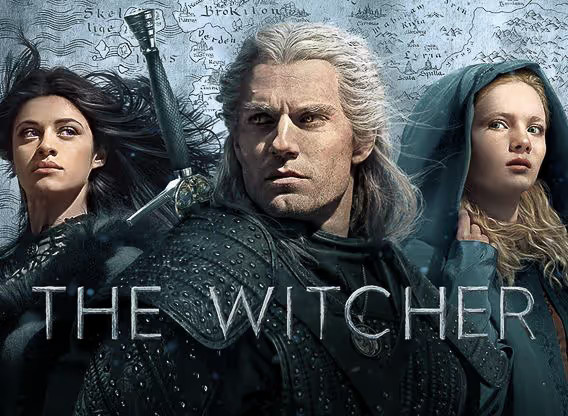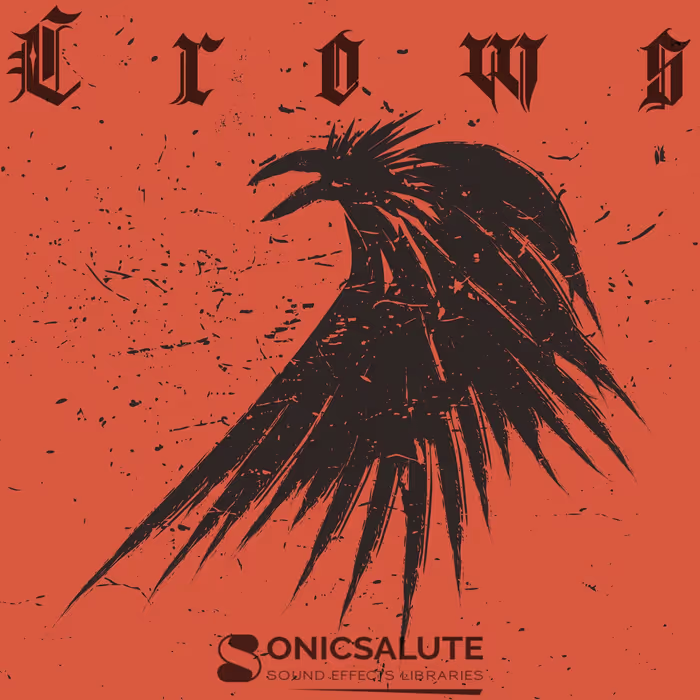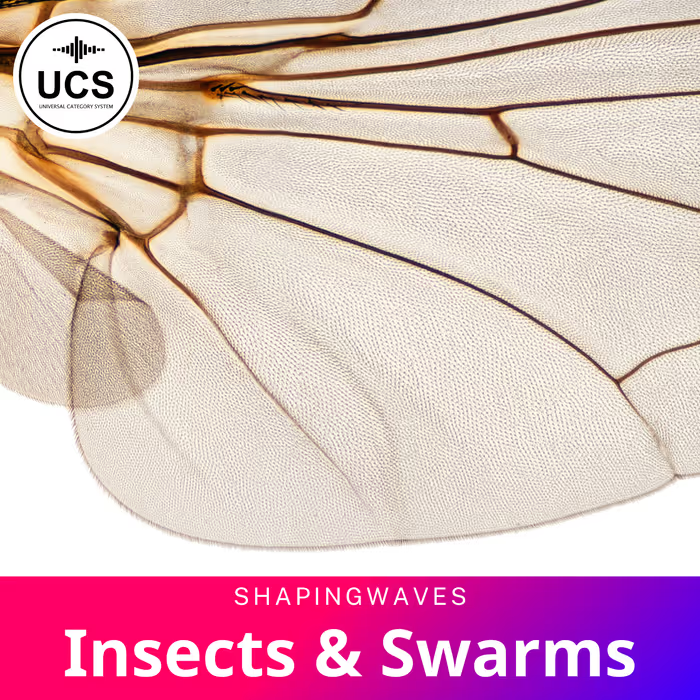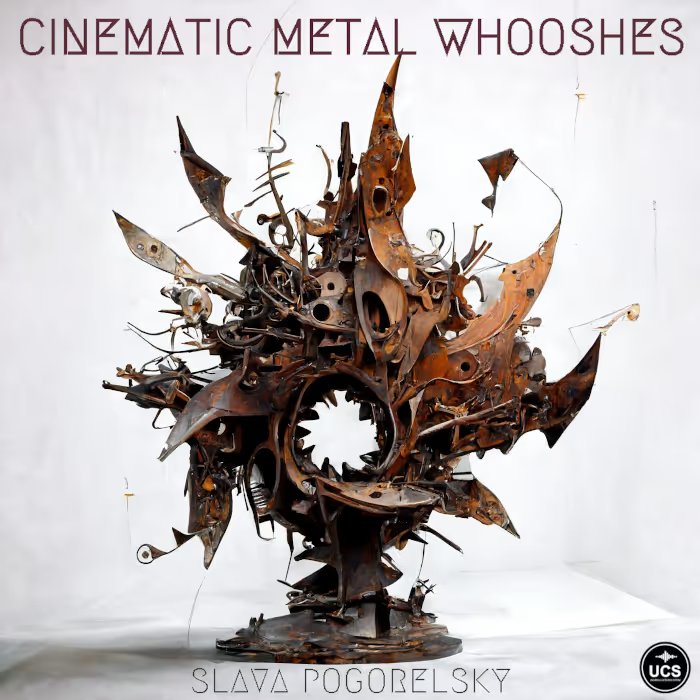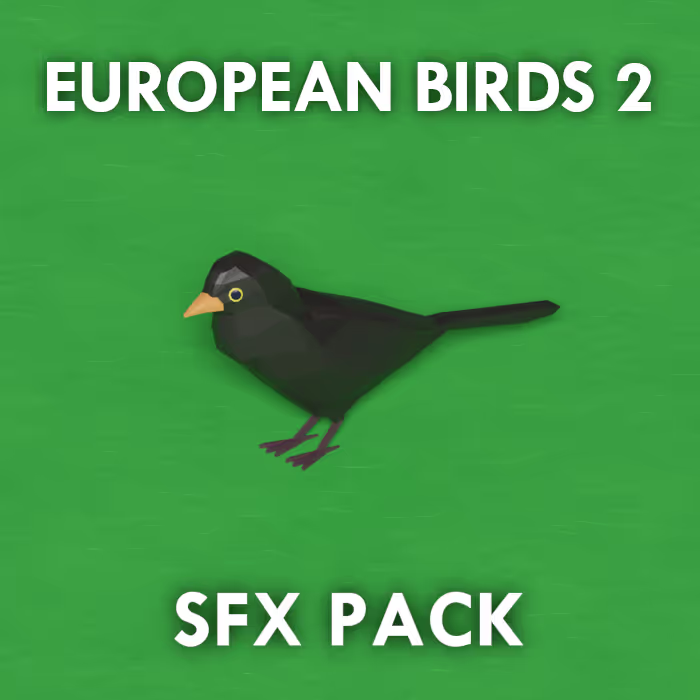There will always be room for content that includes sword fights, magic, and dragons. Game of Thrones departure left us starving for that fantasy world and Netflix was right there with a platter full of The Witcher for us to feast upon. We’ve traded Cersei for Ciri.
Like GoT, The Witcher stories started off in print. But the latter jumped to interactive content first, establishing itself as a beloved and award-winning game series. Fans of Geralt of Rivia were eager to see him on the small screen in a new way. And that, too, contributed to the series’ immediate success.
With a loyal fanbase already lined up, Netflix needed to deliver the goods in a big way… which they did. Each episode of The Witcher is like a mini-movie, and audiences expect as much thanks to the GoT golden standard.
Supervising sound editor Danny Sheehan attests, “Each episode was as busy as a small action film, really. Matt [Collinge] and I have worked on some big, complicated-sounding action feature films, like Kingsman and X-men, which have the advantage of a budget for a big sound team to deliver. Episode 8’s final set piece was very ambitious for this size show and every department worked hard to achieve as much scale as possible.”
Sheehan and co-supervising sound editor Matthew Collinge at Phaze UK Ltd. talk about their team’s approach to designing the sounds of magic, monsters, and melee, recording location Foley, and cleaning up challenging production dialogue.
THE WITCHER | MAIN TRAILER | NETFLIX
Your first sound editing credit was Lock, Stock, and Two Smoking Barrels?! What a way to start off a film sound career!!
Matthew Collinge (MC): It was a stroke of luck; in the summer of ’97 Matthew Vaughn and Guy Ritchie brought the film to Magmasters — the studio Danny (Sheehan) and I were working at. I’m pretty sure they didn’t have any distribution at the time, so it really was a case of them trying to get the film finished. I got thrown on it with Danny when we were both pretty naive. I’d only done sound design on commercials and I kind of took that to my approach on the film in terms of breaking down the scenes. The style of the film definitely helped that.
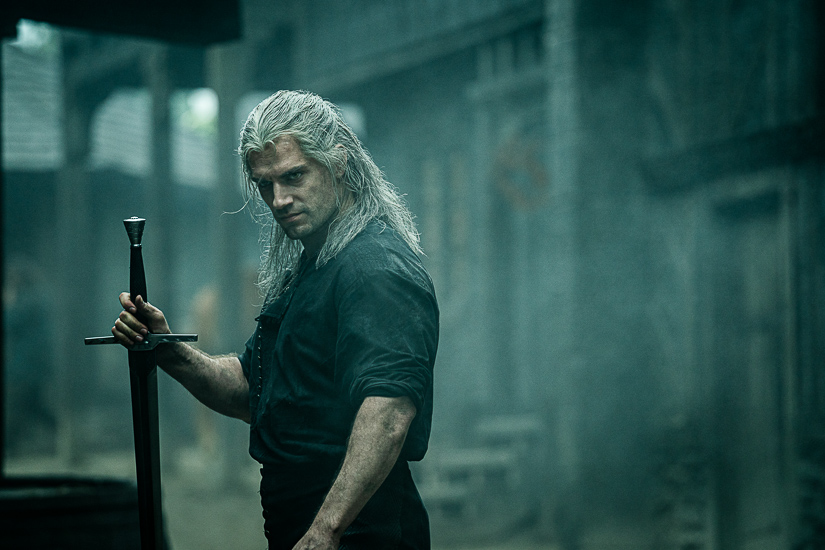
Let’s look at The Witcher. Before it was a TV series, it was a game series. Did the sound of the games influence your direction for the TV series?
MC: We did some research on the game and it was in our minds, but series creator Lauren Schmidt was quite clear that she wanted us to forge our own path with the sound of the project.
What was your biggest challenge for dialogue on The Witcher?
Danny Sheehan (DS): The biggest challenge for me and the dialogue team, Matt Davies and Oskar Von Unge was the sound being recorded on set. The dialogue was recorded really well with nice microphones, placement of radio mics, etc., but the sets themselves were extremely noisy. A lot of the series was filmed in Budapest and for some scenes the set ups were very complicated.
After hearing some of the early rushes I set up some conversations with the Netflix post team, production manager, and VFX departments to try and give them as much feedback to improve the excessive noise floor coming from lighting, gas from fires, noise movement on very populated sets with extras, and so on to try and minimize what we were potentially going to have to ADR later in post.
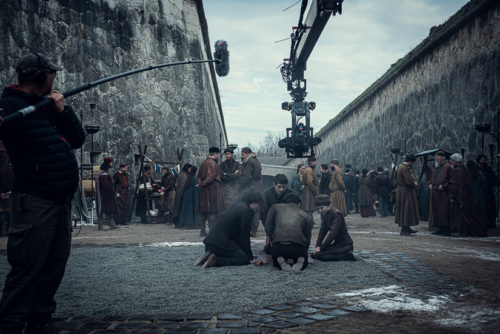
They worked extremely hard throughout the series to resolve these issues but because a lot of the actors’ performances were very low level/intimate as a style it still left us with some huge challenges, our biggest being Henry Cavill (as Geralt).
Henry spent a lot of time perfecting the voice of Geralt and they wanted to retain that. Everyone loved his performance on-set so they wanted to keep it and not re-create or change it in ADR.
But, because he was speaking so softly, all of the problems I just mentioned including traffic and so on were heightened. Having to push the levels so much around his dialogue brought all of the noise to the foreground. So our biggest challenge was to find ways to suppress all that noise, clean it out, so that we could use as much of those original production tracks as possible for Geralt.
Throughout the series as a whole, we had to create a super clean dialogue track that could sit in with the atmospheres from the effects team to give The Continent its unique sound.
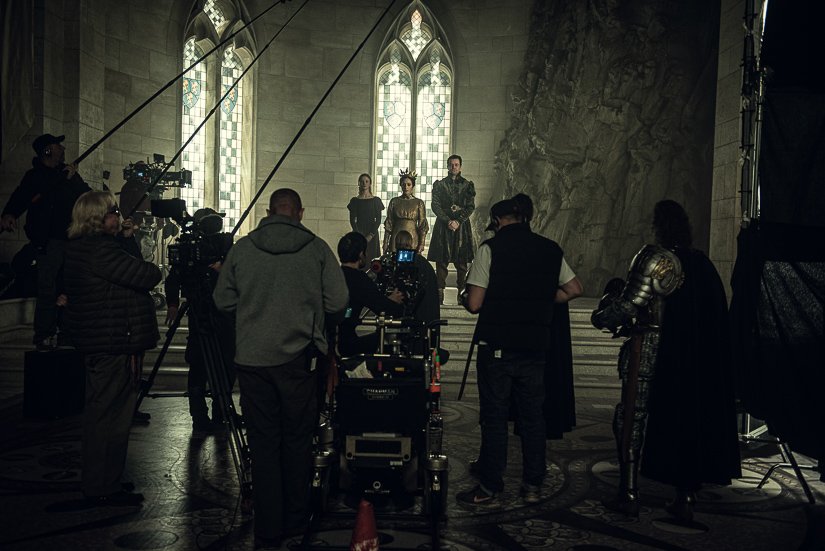
Because these sets were so noisy, did you find yourself gravitating toward the lav mics more?
DS: It was a combination of the lav and boom.
A few years back, it was always problematic to use both microphones at the same time because if they are not correctly aligned then there would be phasing issues. So you would try and use one or the other. Typical problems would be booms sounding slightly too wide on their own or radio mics feeling a bit stark/unnatural sounding on their own.
We had tediously been using an older version of this plug-in called Auto-Align Post (from Sound Radix) but it has upgraded itself recently and now its Phase alignment process is quick and very accurate. So this allowed us to clean the boom mics up and sit the radio mics into these throughout the mix, giving us complete control over everything.
For noise restoration, our go-to is the latest iZotope RX plug-in. It’s very popular in the post sound industry and, in my opinion, it does the best heavy lifting and has some very impressive tools.
Once we have done a first pass with iZotope we would then run a combination of Cedar DNS and FabFilter Pro-MB for multi-band work on the level of wider-band background noises. These run virtually in our Pro Tools session so we have control of how much or little background we use throughout the mix when the audio elements from the sound effects team and music team arrive on the mix stage.
So working the dialogue into the mix was a combination of all these things and editing. Years ago, we’d have had to resort to ADR more often but with the tools we have now — used in the correct way — we can really achieve quite a lot.
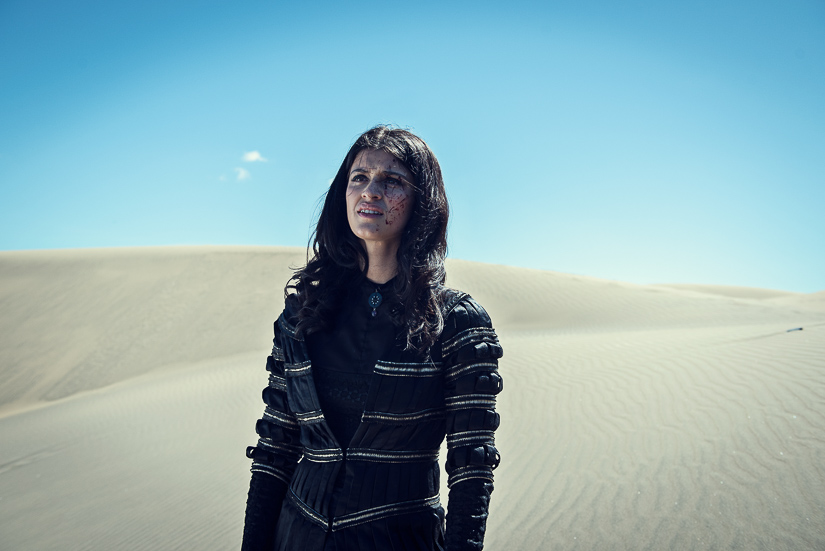
Aesthetically, what was your approach to the magic sounds in The Witcher, like the conjuring, the portals and even the voice that Ciri (Freya Allan) hears? Can you share a few of your favorite magic-based sounds, and explain what went into creating them?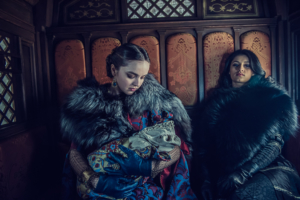
MC: For a lot of the magic elements, we didn’t want to be too synthy/electronic. The portals obviously transported the characters to different locations — as in Episode 4 “Banquets, Bastards and Burials” where Yennefer (Anya Chalotra) and Queen Kalis (Isobel Laidler) jump through several portals to escape an assassin. The idea was to use the natural sounds of the locations they were going to and twist them.
DS: The voice that Ciri hears is a mixture of voice artist performances and sound design. After spotting the episodes we were given free rein to come up with some ideas and for the vocal elements this gave us the opportunity to collaborate more closely between the dialogue and effects teams. We discussed what we thought the sound should be and created a few ideas. We would play these for Lauren and the team and get feedback, bouncing ideas around until we created a sound that everyone liked.
Many of us first heard about the world of The Witcher via CD PROJEKT RED’s popular game series of the same name. Get the story behind the sound for the game series in the video below, and don’t miss our massively in-depth interview on the sound for the Grand, Wild World of The Witcher 3 here
Go behind the sound of The Witcher 3: Wild Hunt above – and read our in-depth interview on the game’s sound here
What were some of the processing tools you used for the sound design?
MC: It depended on the editor. We had some very talented sound designers on this: Rob Prynne, Martin Cantwell and Rob Turner. They have their favorite tools.
Rob Prynne uses the Kyma from Symbolic Sound a lot. It’s a standalone processing unit that has a really unique sound to it. He’ll often use a custom patch based on the “CrossFilter” module within Kyma (that was created by Pete Johnston). It’s like a convolution reverb but with random changes to the length and pitch of the impulse response computed in real-time. It gives a really interesting movement to the sound.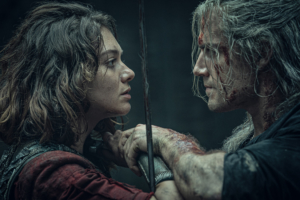
Martin Cantwell likes to use Reaktor by Native Instruments. There are some similarities with the Kyma in the way you use modules to build a sound or treatment. There are also a lot of 3rd party instruments that people have written for it. One he used for Geralt’s sword is “Whoosh” by Tonsturm. He took these nice metal rings from a heavy girder and some recordings of an I-beam being hit by a hammer and then twisted them with Whoosh. So Geralt’s sword ended up with a metallic movement that made it stand apart in the mix.
Rob Turner mostly used Eventide plug-ins for vocal processing on this project. For the Djinn voice in Episode 5, he used a combination of UltraTap for reversed delays and H910 for pitch processing.
For granular effects, he used Max for Live in Ableton and Reaktor patches. It was pretty new at the time but he also experimented with Soundminer’s Radium sampler. It’s a quick way for layering up design elements into something bigger or more complex, while being able to play it through the Soundminer plug-in rack.
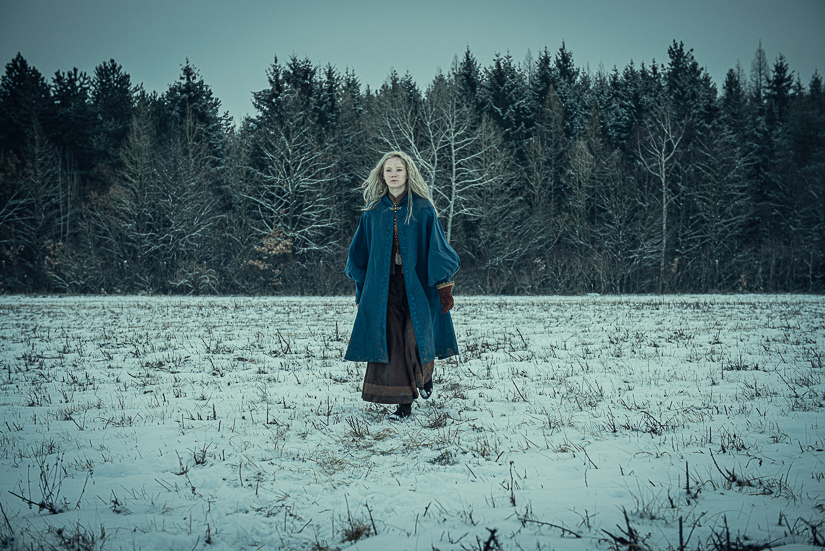
At the end of Episode 3 into the opening of Episode 4, Ciri hears mysterious voices that lead her into the forest. Can you tell me about the design of that scene?
DS: The voices calling to Ciri are an Elder language that was pieced together and created by David Peterson for The Witcher series. Lauren would write lines that she wanted and then David would create phonetic scripts and MP3 clips of him performing the lines.
Matt Davies (dialogue/ADR editor) then recorded these in ADR sessions with voice artists in varied performed whispered and straight tones. These were then multi-layered and edited with a rhythm to give a gradual rise to the clarity of hearing “Ciri” by the end within the call.
Once Matt had edited these, they were handed over to Rob Prynne who added some more design using delays, Zynaptiq Wormhole, and the Kyma Crossfilter to make them even more effective.
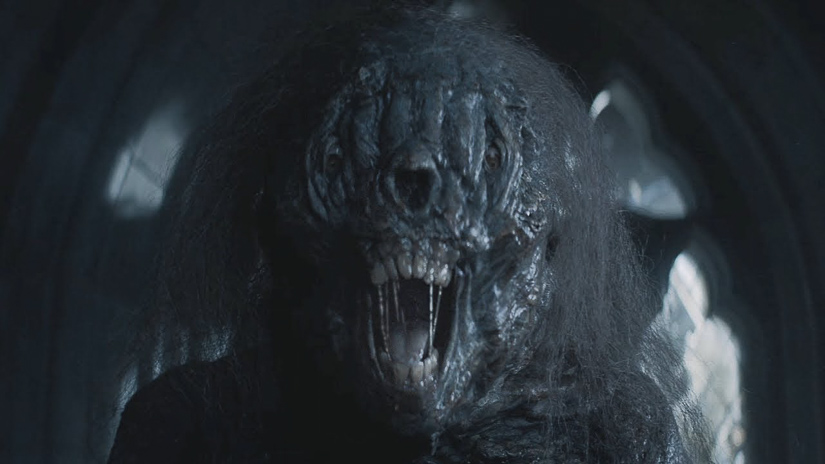
How did you create the sounds of the Striga? What went into her sound, and into her fight with Geralt?
MC: We had started off with monkey, seal and elephant sounds manipulated with The Cargo Cult’s Envy, but Lauren wanted the Striga to have a vulnerability to her so we felt we needed to get some human performance to the sound.
Lauren wanted the Striga to have a vulnerability to her so we felt we needed to get some human performance to the sound.
Becky Wright was the voice artist we settled on. We did a couple of sessions with her performing to picture. She really put so much into it and the performance was the bedrock of that sound.
We added back in some of the animal sounds at points to embellish it, then fed in some Black Op Distortion (an Avid plug-in based on a guitar distortion pedal) to give her a bit more of an edge.
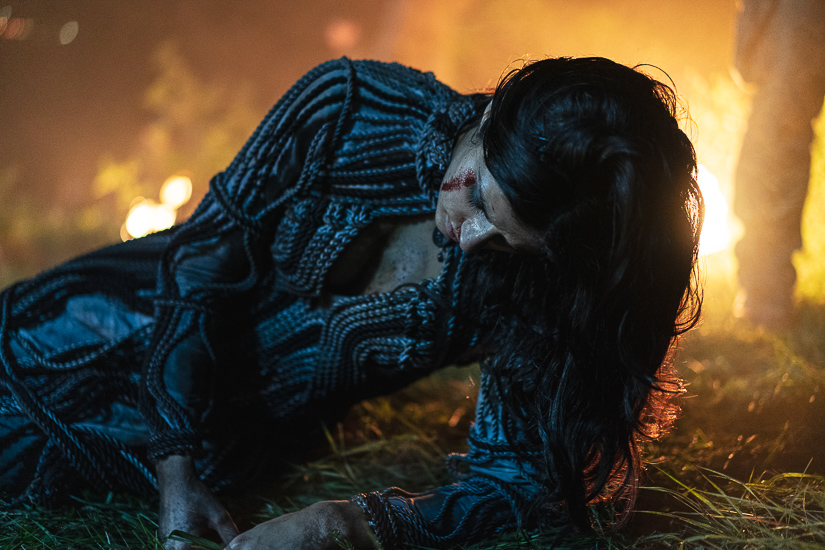
What went into the sound of Yennefer’s physical transformation?
DS: That was a cool sequence. The design in this scene was fairly simple and the energy and emotion came from underplayed music and a big part from Anya Chalotra’s on-set performance. The intensity of her screaming was all live from her original production recordings. On past projects, I found a lot of actors find it hard to give that much voice in their performance but she was really going for it. She made it so believable, like she was really in pain.
What went into the sound of the Djinn fight involving Geralt and Yennefer?
MC: That was Rob Turner. He used a lot of wind sounds with varying levels of distortion. He also used his own voice for a vocal performance, which he recorded using an AKG C414 processed with his Eventide plug-ins.
The challenge was to get as much movement as he could with those sounds, to keep them interesting and dynamic. It’s a long sequence so the challenge was to make the build measured but still exciting.
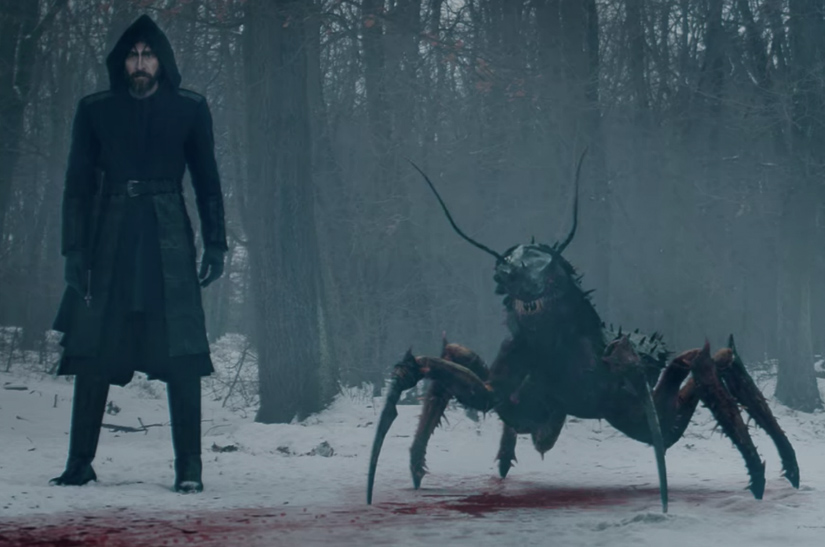
Let’s look at some of the creatures in this series. There were some interesting ones, like that bug creature in Episode 4 that looked like a praying mantis and a spider mixed…
MC: The Roach Hound! That was one of our favorite ones!!
It was a tough sound to nail and Rob Prynne agonized over it. He used some pig screams along with some distorted exotic bird recordings. We also incorporated some vocals from Kevin Howarth — a great voice artist. Then there was an FM synth in Reaktor called Lifeforms that produced the clicks and lends the sound that creepy insect feel. Rob also used Envy (from The Cargo Cult) to add extra weight and detail to the Foley feet and he used a Kyma patch by Christian Vogel for formant shifting to add some more expressiveness.
How did you handle the sound of the Dragon?
MC: Lauren didn’t want the Dragon to sound too threatening or aggressive so we tried to be restrained with the sound. We used crocodile snorts interspersed with the voice actor’s lines.
DS: The Dragon speaks telepathically and needed a signature sound to portray this communication; it had to sound different from the other telepathic treatment on other episodes.
Lauren wanted the character Borch’s human element of the Dragon to be prominent. Matt Davies had the actor record numerous versions of the same lines, all performed slightly differently: some natural, one that was gravelly, one that was monstery, some at varied levels of a whisper and so on, which he multi-layered.
The Dragon speaks telepathically and needed a signature sound to portray this communication
In the sound mix, we used the Atmos surround field to spread the voices into all the speakers to position it all around and make it immersive. They play at different levels along with the natural animal breaths and snorts, working with a fine balance to keep intelligibility so you’re still able to understand the content but having it very effective too. It took quite a lot of time in the mix to find the right balance and we found ourselves increasing the amount of treatment on the voice on one play through and then pulling it back for the next. It was a tough balance but everyone was happy with what we ended up with.
[tweet_box]Behind The Witcher’s Wild Sound[/tweet_box]
What were some of your favorite tools for vocal processing? And can you share some examples of how you used them?
MC: For the voice treatments, rather than treat the source material we tended to do a treatment on a re-record of the lines — in sync but whispered or with a slightly different delivery. Rob Prynne would use the Kyma quite a lot for those treatments as well as Zynaptiq and Valhalla plug-ins and the Soundtoys delay. Sometimes we’d formant shift things first; RX was really good for that. Rob Turner mostly used Eventide plug-ins.
But the real key was getting good source material in the first place, getting technically good, interesting recordings and then doing the treatment.
But the real key was getting good source material in the first place, getting technically good, interesting recordings and then doing the treatment. We did a lot of recording with the Sanken CO-100k to get high resolution recordings which held up well through all the processing.
For the Roach Hound and Striga we had separate vocal recording sessions with Kevin Howarth and Becky Wright, respectively. The rest of the vocal work was done in regular loop group sessions with dialogue editors Matt Davies and Oskar Von Unge. They’d have each actor come to the mic and do their version; this gave us options and was good for developing ideas in the session.
How about the skeleton zombies that Geralt fights in the beginning of Episode 8? What went into creating sound for that scene?
MC: That was done by Martin Cantwell. He distorted the crowd recordings and added lots of gore and bone cracks!
What went into the tripping sequence in Episode 7, when they’re mixing herbs? How did you handle that sonically?
MC: That was Rob Prynne on the Kyma. It’s the Crossfilter module that generates movement and keeps it interesting. It’s a case of generating a lot of material and then editing it to match what you see on the screen.
Mix-wise, how were you able to have some fun with the tripping scene?
MC: It’s really the design work that makes the mix work — the movement is in the sound so it was really just the spatial placement/movement in the Atmos format that we had to decide on.
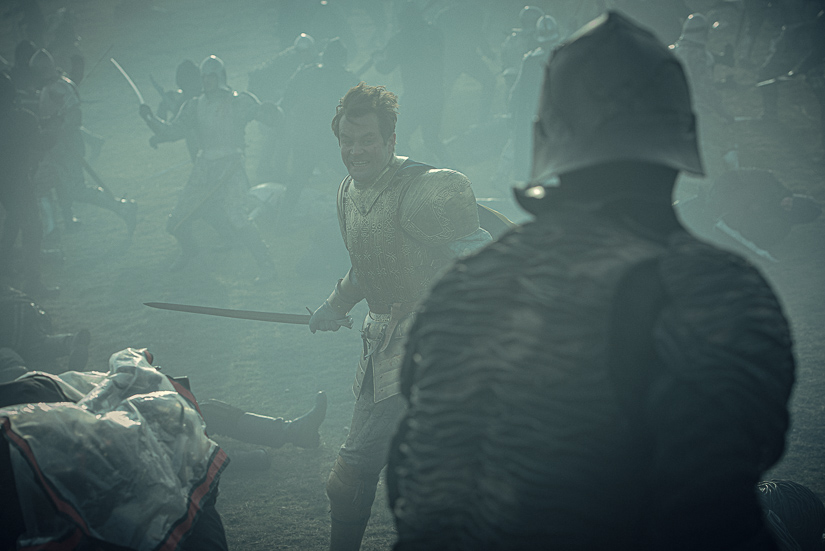
In terms of sound, what were some of the challenges in creating the battle in Episode 8 between Yennefer, the mages, and the invading Nilfgaardian army?
MC: It was a really interesting episode for sound. Time was probably our biggest challenge; it’s pretty relentless sound-design wise. With it being the last episode, we had our sound “palette” firmly established, which probably saved us!
There was a lot of physical action as well as magic happening too. It played in both of those arenas very nicely…
MC: That’s true, which actually helped us dynamically. It wasn’t like there were transient sounds all the time. The magic sounds were much softer compared to the sharp sounds of the fight. The episode structure definitely helped us in that respect.
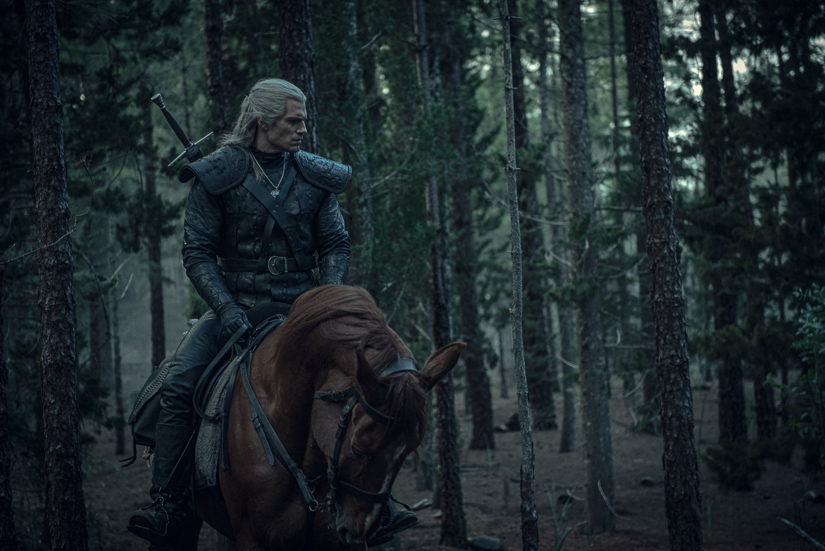
You mentioned that you wanted to get away from a studio Foley sound. How did you handle the Foley on this show?
DS: For this project, we recorded all the Foley with Glen Gathard and his team who deliver a very detailed and great sounding track.
On quite a few projects over recent years, we would take a Foley artist and record them performing the feet to picture in locations that match the film to achieve as much authenticity and natural reverb color as possible and use that alongside the studio Foley recordings.
However on this project, time and budget were a little tighter than what we would get for a feature film and so we decided that during the editorial stage we would add our own layer of location feet from previously recorded tracks we had cataloged from our Phaze effects library. This edited location Foley would play alongside the performed studio Foley recordings to give us the choices in the mix to play environments as accurately as possible.
This edited location Foley would play alongside the performed studio Foley recordings to give us the choices in the mix to play environments as accurately as possible.
An example of where this worked really well is at the start of Episode 3. We fade from black and the camera follows the Witcher through this rickety old Barn and all you hear is his anxious breathing, his footsteps, and a subtle hint of the metal chain holding up hanging pig carcasses. The sounds were all exposed and needed to play very real to add to the tension, to make the audience feel as though they were walking through the scene and feeling on edge. The Foley studio track on its own would give us the detail of the Witcher’s weight and correct performance, and the location feet added a real scale and depth to the wooden floorboards — including genuine realistic-sounding floorboard creaks and that used, dusty floor element that is always hard to recreate in the studio.
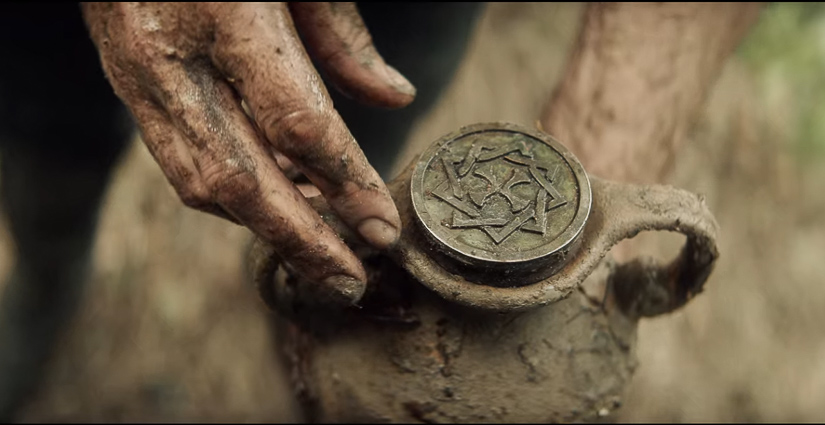
What was the most challenging episode for sound and what went into it?
MC: I’d probably say Episode 8 because of the time we had and the sheer scale of the sound we needed in there.
The Roach Hound was tough, too. It took a few tries to get to a place where we were happy.
Each episode had its own specific challenge which was really rewarding and made the series really interesting to work on.
Did you have a favorite scene for sound from the series?
MC: The main Roach Hound sequence in Ep 4, the Djinn sounds in Ep 5, and the fight design in Ep 1 is right up there too.
In terms of sound, what are you most proud of on The Witcher?
MC: I think if we’ve been able to keep each episode interesting, and give each one of the featured creatures a unique sound that added character and menace, I’d be happy!
DS: The Witcher was really involved in terms of a sound job. Each episode was as busy as a small action film really. Matt and I have worked on some big, complicated-sounding action feature films, like Kingsman and X-men, which have the advantage of a budget for a big sound team to deliver. Episode 8’s final set piece was very ambitious for this size show and every department worked hard to achieve as much scale as possible. This final episode had lots of the different sound design elements that had grown throughout the series: Portals, Magic, Telepathic design, Epic Battle sounds, etc. all coming together during one huge finale in the series. Re-recording mixers Paul Cotterall and Paul Carter really had their work cut out. It was a very difficult balance getting all the sound design and dialogue working around the already dense score from Sonya Belousova and Giona Ostinelli. This section of the series was a huge challenge to accomplish within the constraints of the time and size of crew. I was very proud of how the Phaze team came together to deliver a great sounding track and every individual went over and above to deliver and I think this shows in the end result.
A big thanks to Danny Sheehan and Matthew Collinge for giving us a behind-the-scenes look at the sound of The Witcher and to Jennifer Walden for the interview!

